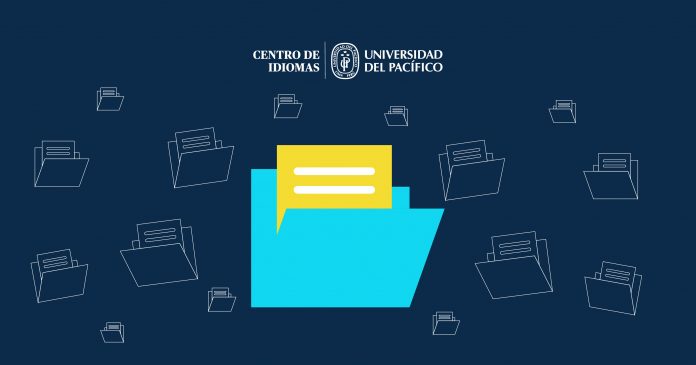Have you ever thought about keeping track of your professional development? Or to systematically record your achievements, challenges, reflections, and your students’ learning outcomes?
A portfolio is a powerful tool that, used effectively, fuels your professional development. It is important to keep in mind that it is much more than a documented CV since it is not a product but rather an ongoing process. A portfolio is a record of our teaching practice that is systematically updated.
The main objective of a portfolio is to demonstrate, with supported evidence, that you do care about your professional development over the years. Generally, the term professional development is limited to the achievement of academic degrees. Although degrees are very important, our professional development involves other relevant activities.
Keeping a teaching portfolio is an excellent professional practice due to the multiple advantages it has for professional growth. A portfolio leads us to maintain a very reflective attitude about our professional development.
What are the advantages of having a teaching portfolio?
- A portfolio shows important evidence of the state of our career. It helps us realize that the development of teaching skills is a continuous process in which experimentation, reflection, and learning are fundamental pillars.
- Since your teaching portfolio describes your main professional activities with supporting evidence, it is a good document to hand out when applying for a job promotion or a new job. It is sustained evidence of the effectiveness of your professional practice.
- A portfolio makes you challenge and refine your own pedagogical beliefs.
- A portfolio makes us think about our short-term and long-term objectives for the development of our teaching career.
What to include in your teaching portfolio?
- The mission and vision of your career: remember that while mission refers to your professional goals, vision refers to the type of teacher you want to become over the years, as well as your contribution to the field.
- Your teaching philosophy and beliefs. It does not mean writing about a method. It is to state your beliefs about the process of teaching and learning with reflections on the students´ learning results.
- The teaching techniques that you consider effective and your reflections on the reasons for their effectiveness.
- The courses taught with their study plans, the changes you made, and the students’ learning results.
- Lesson plans for successful lessons
- Recordings or videos of your classes.
- Samples of students’ work and the feedback they gave you.
- Your participation in professional events.
- Your publications either for school or other institutions.
- Your participation in extracurricular activities.
- Your professional growth.
- An analysis of your own learning style and how it impacts your teaching.
- Reflections on past course experiences.
- Participation in working groups or committees.
Tips for preparing your professional portfolio
- Be honest. The idea is not to convince readers that you are good. Describe your teaching performance in terms of strengths and weaknesses, achievements, and challenges.
- Provide evidence of the information presented
- A portfolio does not need to be full of pages but of well-chosen materials that describe you as a teacher.
Finally….
A portfolio is a very effective way to take care of our professional development since it helps us to fight against the negative impact of our working routine. It makes us keep an eye on our career expectations, teaching achievements, and challenges to overcome. Working on a portfolio leads you to improve and to keep growing on the profession. It is worth trying!










